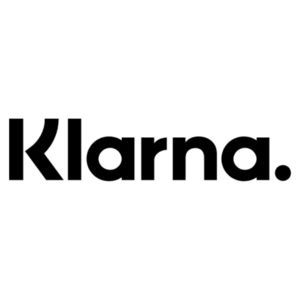Klarna announces contribution for internal carbon tax

November 14, 2023
BY Klarna Bank AB
Advertisement
Advertisement
Related Stories
The National Agency for Petroleum, Gas and Biofuels (ANPG) and Azule Energy announced the successful startup and first oil production from the Agogo Integrated West Hub project.
Crusoe, the industry’s first vertically integrated AI infrastructure provider, announced a strategic partnership with Tallgrass to develop a 1.8 gigawatt (GW) AI data center campus located in southeast Wyoming. Designed to scale up to 10 gigawatts, this landmark project underscores Crusoe's ability to rapidly build large-scale AI infrastructure projects.
Vår Energi and licence partners, Storegga and INPEX Idemitsu Norge, announce that the Trudvang CO₂ storage project has successfully passed feasibility gate (DG1), marking a major step toward realising one of Europe’s most advanced and strategically located carbon storage hubs.
Cresta Fund Management LLC (Cresta), a Dallas-based private equity firm that invests in low-carbon molecule infrastructure and solutions, announced an investment in Lapis Carbon Solutions (Lapis) through its recently launched Cresta Sustainable Fund II (Sust. Fund II). The new co-investment is expected to accelerate the development of Lapis’ anchor projects and expand the broader pipeline of project opportunities.
TGS, a global leader in energy data and intelligence, has partnered with Equinor to advance the digitalization of carbon capture and storage (CCS) operations. Their software delivers real-time, reliable data to enable more efficient workflows and informed decision-making across the CCS lifecycle.





